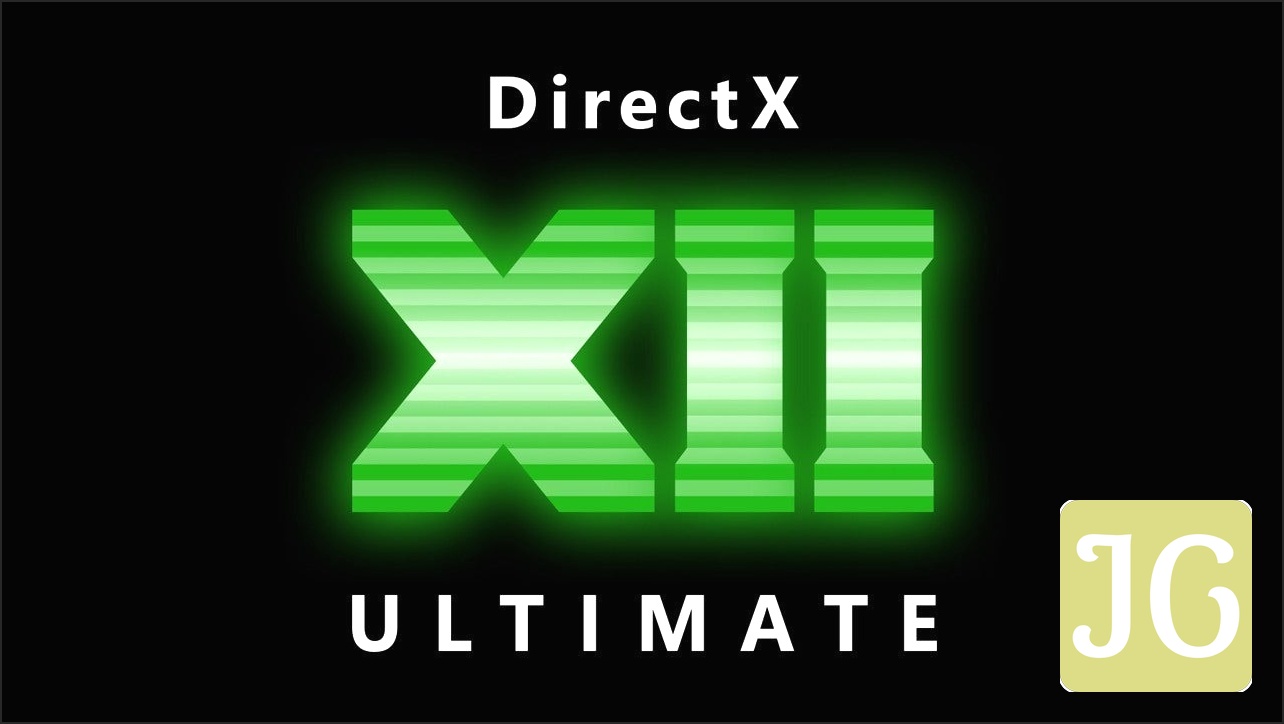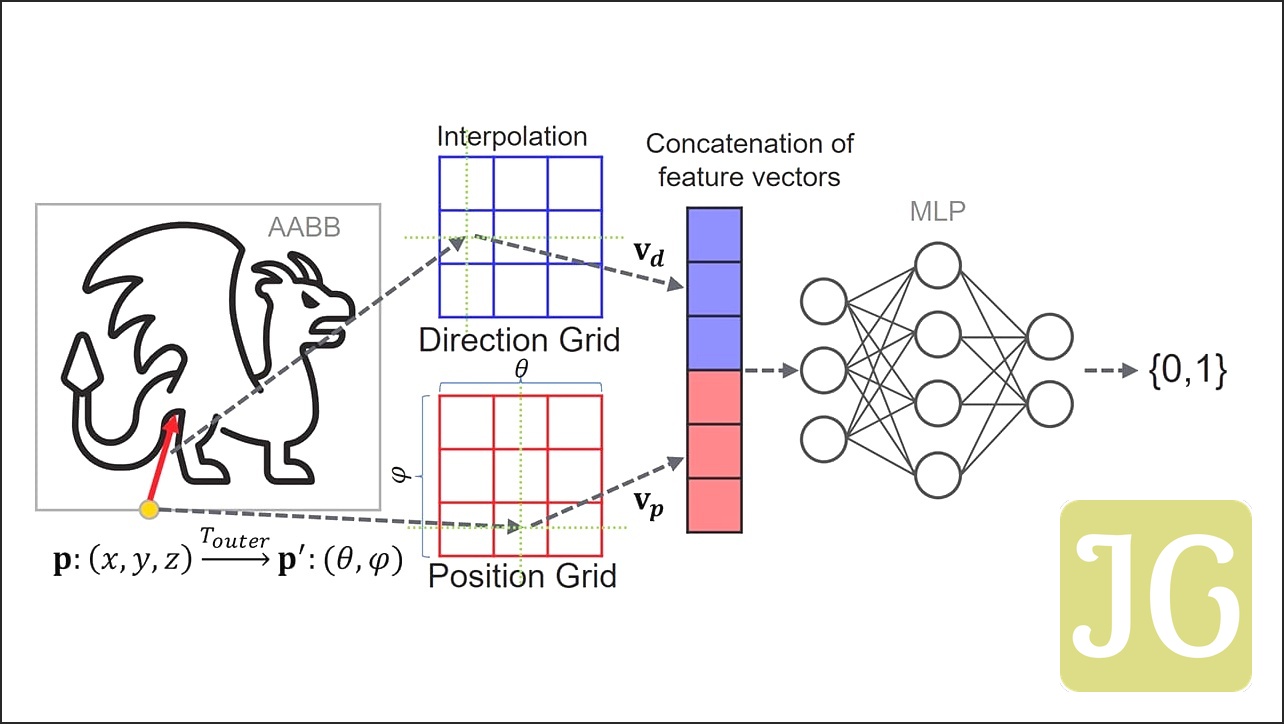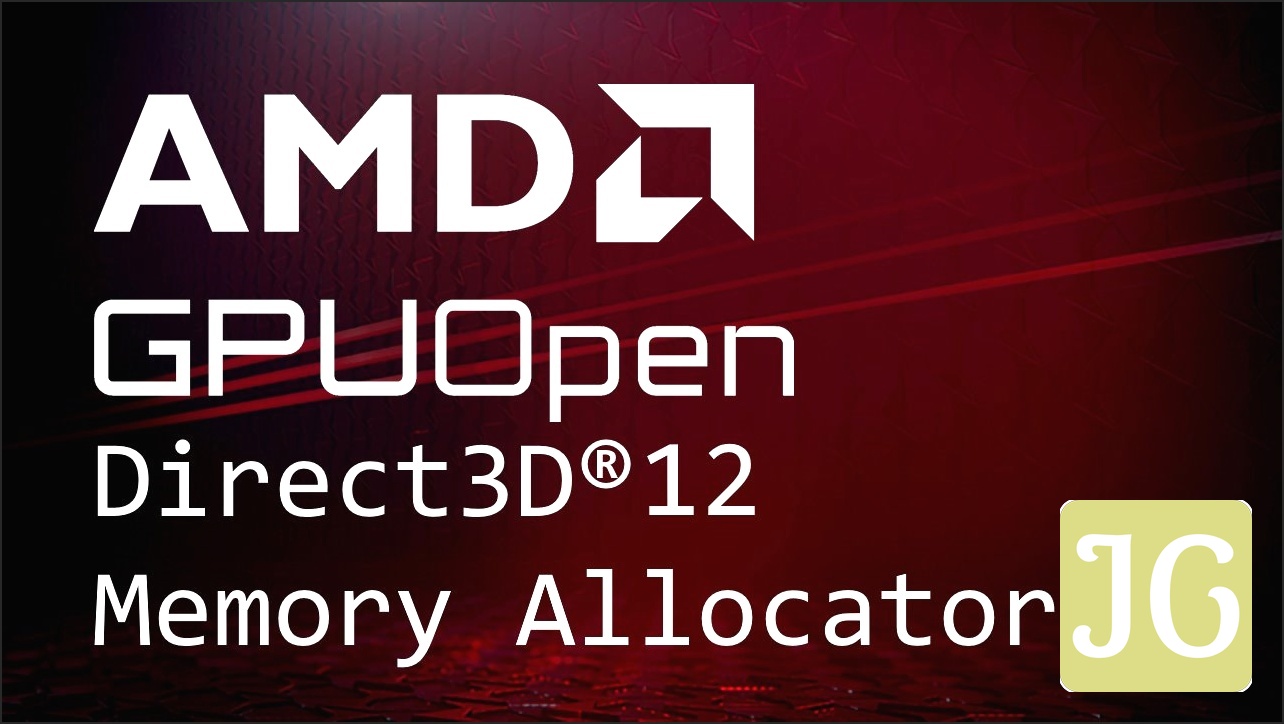The End of Stutter: Microsoft’s Radical Fix for PC Gaming’s Oldest Problem
For years, PC gamers have endured the frustrating cycle of shader compilation stutter and agonizingly long load times. It’s a persistent technical hiccup that has plagued even the most powerful rigs, often disrupting the critical first moments of a new game or jarring players out of immersion. But a seismic shift is underway. Microsoft, in a groundbreaking announcement at Gamescom 2025, has unveiled Advanced Shader Delivery—a revolutionary solution poised to fundamentally redefine the PC gaming experience. This isn’t merely an incremental update; it’s a direct assault on one of PC gaming’s oldest and most irritating problems, promising immediate and tangible benefits for players worldwide.
Up to 85% Reduction in Game Launch Times for Titles like Avowed!

Understanding the Enemy: What Are Shaders and Why Do They Cause Stutter?
To truly appreciate the significance of Microsoft’s innovation, we must first understand the adversary: graphics shaders. These are small, essential programs that instruct your GPU on how to render every visual element in a game—from the way light reflects off a metallic surface to the intricate textures of a character model and the physics of environmental interactions. For your GPU to execute these instructions, shaders must be compiled into a hardware-specific format. This is where the PC’s inherent strength—its boundless hardware diversity—becomes its Achilles’ heel.
- GPU-specific compilation: Shaders must be meticulously tailored for each unique GPU and driver combination. Unlike consoles with their standardized hardware, a PC’s vast array of graphics cards and driver versions makes pre-compiling every possible shader variant practically impossible.
- First-run compilation: This is the primary culprit behind those excruciatingly long initial load times and disruptive stuttering. When you launch a new game, your system often has to compile thousands of shaders on the fly, consuming valuable CPU and GPU resources.
- Just-in-time compilation: Even after the initial load, new assets or environments encountered during gameplay can trigger further ‘just-in-time’ compilation, leading to jarring, momentary freezes that break immersion.
- Driver updates: The problem isn’t static. A new graphics driver, while offering performance improvements, will often invalidate your existing shader caches, forcing the entire re-compilation process to begin anew, dragging you back to square one.
- Hardware variability: The fundamental challenge lies in the PC’s open ecosystem. Without the uniform hardware of consoles, game developers have struggled to provide pre-compiled, optimized shaders for every conceivable system, leaving the burden on the player’s machine.

Advanced Shader Delivery: How Microsoft is Moving Compilation to the Cloud
Microsoft’s Advanced Shader Delivery (ASD) isn’t just a patch; it’s a fundamental re-architecture of how shaders are handled, leveraging the power of cloud computing to circumvent the traditional bottlenecks. The core concept is elegantly simple: offload the computationally intensive and time-consuming work of shader compilation from your local device to Microsoft’s robust cloud servers. This proactive approach ensures that when you hit ‘play,’ your system isn’t scrambling to compile shaders—they’re already optimized and waiting.
The Advanced Shader Delivery Process
Game Data Collection: Microsoft collects essential game shader data, packaging it into a standardized ‘State Object Database’ (SODB).
Cloud Compilation: In collaboration with hardware partners like AMD, Microsoft separates the shader compiler from the graphics driver and unites it with the SODB data within their cloud infrastructure.
Precompiled Shader Database (PSDB) Creation: This cloud-based process generates a ‘Precompiled Shader Database’ (PSDB), containing shaders meticulously optimized for various GPU and driver combinations.
Distribution: The PSDB is then distributed alongside the game download via the Xbox store and the Xbox PC app, supplementing the local shader cache on your device.
First Launch Bypass: Crucially, upon a game’s first launch, your device accesses the necessary shaders already present in a Windows cache, completely bypassing the expensive, on-device compilation step.
Automatic Updates: If your graphics driver updates, Microsoft automatically detects this, generating and pushing new PSDBs to your device, ensuring optimal performance is maintained without any manual intervention from the user.
- Data Collection: Microsoft initiates the process by collecting comprehensive game shader data, which is then meticulously packaged into a standardized ‘State Object Database’ (SODB). This standardized format is key to the system’s scalability.
- Cloud Compilation: In a strategic partnership with key hardware allies like AMD, Microsoft has engineered a system that separates the shader compiler from the traditional graphics driver. This compiler is then united with the SODB data in the cloud, allowing for massive, parallel compilation efforts.
- Precompiled Shader Database (PSDB): The cloud-based compilation process culminates in the creation of a ‘Precompiled Shader Database’ (PSDB). This database houses pre-optimized shaders, meticulously tailored for a vast array of GPU and driver combinations.
- Distribution: When you download a game through the Xbox store or the Xbox PC app, the relevant PSDB is distributed alongside it. This pre-packaged shader data supplements your local shader cache, ensuring readiness before you even launch the game.
- First Launch Bypass: The most immediate benefit: upon a game’s inaugural launch, your device finds the necessary shaders already available in a Windows cache. This completely sidesteps the resource-intensive, on-device compilation step that traditionally causes frustrating delays and stutter.
- Automatic Updates: The system is intelligent. Should your device’s graphics driver update, Microsoft automatically detects this change and proactively updates the shader cache with newly optimized PSDBs. This maintains peak performance without any user intervention or re-compilation woes.
Pros
- Significantly reduced game launch times (up to 85% faster, as seen in titles like Avowed), getting players into the action quicker.
- Eliminates most instances of disruptive in-game stutter caused by shader compilation, leading to smoother, more immersive gameplay.
- Conserves valuable CPU and battery resources by offloading the intensive compilation workload to Microsoft’s cloud servers.
- Requires no initial integration work from game studios, allowing for immediate benefits across supported titles.
- Ensures optimal performance is maintained through automatic shader cache updates that adapt to new GPU drivers.
Cons
- Initial limited availability, debuting exclusively on specific hardware (ROG Xbox Ally devices), which can frustrate the broader PC gaming community.
- Reliance on the Xbox PC app for distribution initially, potentially limiting its reach to games outside that ecosystem.
- The cloud infrastructure and data collection raise potential privacy and data security concerns, a common apprehension within the community, even if not explicitly detailed by Microsoft.
- Broader PC ecosystem adoption and securing widespread developer buy-in for deeper integration will undoubtedly take considerable time and effort.
Debut on the Go: Advanced Shader Delivery’s Initial Rollout on ROG Ally
Microsoft’s strategy for rolling out Advanced Shader Delivery is both calculated and intriguing. The technology is set to make its grand debut on the new ROG Xbox Ally and ROG Xbox Ally X handheld devices, launching October 16th. This announcement, made at Gamescom 2025, strategically positions ASD to immediately enhance the experience on these portable powerhouses. Handhelds are a logical starting point: their more standardized hardware configurations make initial optimization easier, and the battery life benefits from offloading compilation are particularly impactful for gaming on the go. By prioritizing these devices, Microsoft aims to deliver a polished, stutter-free experience from day one, giving the ROG Ally line a significant competitive edge.
ROG Xbox Ally / ROG Xbox Ally X
Price: ROG Xbox Ally: $549.99, ROG Xbox Ally X: $899.99 (as of October 16th launch)
Release Date: October 16th
Where to Buy: Available through major retailers and the Xbox PC app ecosystem.
| Feature | Microsoft Advanced Shader Delivery | Valve Steam Deck Shader Caching |
|---|---|---|
| Approach | Cloud-based pre-compilation, distributed via Xbox App, GPU-specific PSDBs. | User-generated cache uploaded to Steam, distributed to other users; simplified by fixed hardware. |
| Hardware Focus | Windows PC (initially handhelds like ROG Ally/Ally X), aiming for broader ecosystem. | Steam Deck (Linux-based, fixed hardware configuration). |
| Compatibility | Aims for broad Windows PC ecosystem via AgilitySDK for developers and storefronts. | Specific to Steam Deck hardware/software; limited to SteamOS. |
| Benefits | Reduced load times, eliminated stutter, less CPU/battery usage, automatic driver updates. | Reduced load times, eliminated stutter, optimized for Steam Deck’s fixed hardware. |
| Developer Integration | Initially none required, future AgilitySDK integration for deeper optimization. | Automatic for Steam titles; developers can optimize Pipeline State Objects (PSOs). |
Beyond Handhelds: The AgilitySDK and the Road to Widespread PC Adoption
While the initial rollout on the ROG Ally devices is a critical first step, Microsoft’s vision for Advanced Shader Delivery extends far beyond handhelds. The true game-changer for the broader PC ecosystem lies in the upcoming AgilitySDK, slated for release in September. This SDK will equip developers and gaming storefronts with the necessary tools and APIs to integrate ASD into their titles. The community, however, remains a mix of eager anticipation and healthy skepticism. Many are hopeful for a universal fix, but seasoned PC gamers know that widespread adoption across the vast, fragmented PC hardware landscape—and securing developer buy-in for every game—is a marathon, not a sprint. Microsoft’s commitment to expanding device support through ongoing collaboration with hardware partners will be crucial for this technology to reach its full potential.
“Sounds amazing on paper, and the AgilitySDK is promising, but how long until this is actually standard on all games, not just Xbox titles? I’ve seen this movie before with new tech.”
Sources:
- Microsoft DevBlogs
- DirectX Developer Blog
- Gamescom 2025 Announcements
- PCWorld reports on ROG Ally X debut
The DirectX Renaissance: Ray Tracing, AI, and Developer Tools
Advanced Shader Delivery is just one facet of a much broader, ambitious push by Microsoft to enhance the Windows gaming ecosystem. The ‘GDC 2025: DirectX State of the Union’ revealed a comprehensive suite of advancements across DirectX, signaling a veritable renaissance for the API. Beyond optimizing shader compilation, Microsoft is making significant strides in ray tracing, integrating AI directly into the graphics pipeline, and providing developers with an upgraded arsenal of tools to craft the next generation of games. This holistic approach underscores Microsoft’s commitment to pushing the boundaries of real-time graphics and performance.
DXR 1.2: Ray Tracing’s Next Evolution
DirectX Raytracing 1.2 (DXR 1.2) represents a substantial leap forward for real-time ray tracing, promising smoother frame rates and breathtaking visual fidelity. This evolution is driven by two key features: Opacity Micro-Maps (OMM) and Shader Execution Reordering (SER). Opacity Micro-Maps are a game-changer for efficiently rendering complex, alpha-tested geometry like foliage or fences, reducing costly hit shader invocations and significantly improving performance without sacrificing visual detail. Shader Execution Reordering, on the other hand, allows developers to instruct the driver on how to reorder GPU threads, grouping similar shading tasks to reduce computational overhead and dramatically improve overall shading efficiency. Together, these technologies deliver impressive performance gains, with examples like Remedy’s Alan Wake 2 demonstrating up to a 40% improvement in complex DXR 1.2 scenes and up to a 2.3x speedup in path-traced scenarios leveraging OMM, making advanced ray tracing more practical for a wider range of hardware.
Ray Tracing Performance Boosts with DXR 1.2

AI & Neural Rendering: Cooperative Vectors
The integration of Artificial Intelligence into graphics rendering is no longer a distant dream; it’s rapidly becoming a reality. Microsoft’s new Cooperative Vectors feature, coming to Direct3D and HLSL, is at the forefront of this evolution. It provides a seamless mechanism to integrate machine learning inferences directly into the graphics pipeline, leveraging dedicated hardware acceleration for vector and matrix operations. This innovation paves the way for a new era of visual experiences, enabling more realistic and higher-quality graphics through neural rendering techniques. Imagine games where AI dynamically enhances textures, lighting, and even character animations, all in real-time and with unprecedented efficiency.

Developer’s Arsenal: PIX, WARP, and AgilitySDK Deep Dive
Behind every groundbreaking visual is an army of developers and a robust suite of tools. Microsoft is not only pushing the boundaries of what’s possible visually but also empowering creators with significant updates to DirectX’s development arsenal. PIX, the venerable debugging tool, has received a modern overhaul, featuring a new programmatic API for automation, an intuitive UI, an improved Layout Editor, and enhanced custom visualizers. This means developers can more efficiently identify and resolve rendering issues, especially with day-zero support for new DXR 1.2 features.
- PIX Updates: A new programmatic API, a modern UI overhaul, an improved Layout Editor, custom visualizers, and crucial day-zero support for all new DXR 1.2 features streamline debugging and analysis for developers.
- WARP Advancements: The Windows Advanced Rasterization Platform, a CPU-based software renderer, is now fully compliant with DirectX 12 Ultimate. This enables WARP to support advanced features like raytracing, mesh shaders, and work graphs on CPU-only systems, providing invaluable testing and diagnostic capabilities without needing a physical GPU.
- Enhanced Barriers: A revamping of Direct3D’s programming model for barrier synchronization promises to improve both programming ease and underlying hardware efficiency, with significantly faster GPU-based validation.
- Tight Alignment of Resources: This feature directly addresses memory waste by allowing for much smaller buffer alignments (down to 8 B) for placed resources, giving developers finer-grained control over memory allocation and optimizing GPU memory usage.
- Shader Hash Bypass: A critical fix addressing issues with unsigned shaders from third-party compilers, this feature improves Pipeline State Object (PSO) creation reliability by allowing developers to bypass signature checks when necessary, preventing common compilation failures.

The JoltGamer Verdict: A Game Changer, But Patience is Key
Microsoft’s Advanced Shader Delivery, alongside the comprehensive suite of DirectX updates announced at GDC 2025, represents a monumental stride forward for PC gaming. The elimination of shader compilation stutter and drastically reduced load times are not just quality-of-life improvements; they are foundational shifts that will make PC gaming more accessible, fluid, and enjoyable for millions. The potential for a truly seamless, ‘just play’ experience, even on the diverse PC ecosystem, is immense. However, as with any transformative technology, patience will be paramount. While the initial rollout on the ROG Ally devices is strategically sound, the journey to widespread PC adoption—requiring developer buy-in and hardware partner collaboration—will undoubtedly unfold over time. This is a game changer, but its full impact will be felt gradually, as the technology permeates the vast landscape of PC gaming.
Pros
- Eliminates a major, long-standing pain point for PC gamers (shader compilation stutter), enhancing overall user satisfaction.
- Significantly improves first-run game experiences and overall fluidity, making new titles more inviting from the start.
- Reduces hardware burden (CPU, battery) by offloading compilation, leading to better performance and efficiency, especially on portable devices.
- Broader DirectX updates (DXR 1.2, AI integration, enhanced dev tools) promise a more advanced and visually stunning gaming future.
- Positions Windows handhelds competitively against rivals like Valve’s Steam Deck by addressing a core performance challenge.
Cons
- Initial limited availability creates frustration and slows the immediate, universal impact for the wider PC gaming community.
- Widespread PC adoption relies heavily on developer buy-in and sustained hardware partner support, which is a complex and time-consuming process.
- Benefits are tied primarily to the Xbox PC app initially, potentially limiting reach to games and platforms outside that ecosystem.
- The inherently complex ecosystem of diverse PC hardware and drivers still presents significant challenges for truly universal and consistent implementation across all systems.
Frequently Asked Questions
What is Advanced Shader Delivery?
It’s a new DirectX feature from Microsoft that offloads shader compilation from your PC to the cloud, pre-compiling and distributing shaders with your game download to eliminate stutter and reduce load times.
Which devices will get Advanced Shader Delivery first?
It’s debuting on the new ROG Xbox Ally and ROG Xbox Ally X handheld gaming PCs, launching October 16th, and will be distributed via the Xbox PC app.
Will Advanced Shader Delivery come to all PC games and hardware?
Microsoft plans to expand its availability to the broader PC ecosystem via an AgilitySDK for developers in September, but widespread adoption will take time and developer integration.
What are Opacity Micromaps (OMM) and Shader Execution Reordering (SER)?
These are new DXR 1.2 features that significantly boost ray tracing performance. OMM efficiently handles alpha-tested geometry, while SER optimizes GPU thread execution for complex ray tracing workloads.
Do game developers need to do anything to enable Advanced Shader Delivery?
Initially, no integration work is required from game studios. Microsoft plans to collaborate with developers for deeper integration into game engines in the future via the AgilitySDK.
The JoltGamer Final Verdict
Microsoft’s Advanced Shader Delivery and the suite of DirectX 12 Agility SDK updates represent a monumental leap forward for PC gaming. By tackling the persistent issue of shader compilation stutter at its root, Microsoft is poised to deliver a smoother, faster, and more enjoyable experience for millions of players. While the initial rollout is strategically focused, the roadmap for broader PC integration, coupled with advancements in ray tracing and AI, paints a compelling picture of a future where performance bottlenecks are minimized, and graphical fidelity reaches new heights. This isn’t just an incremental update; it’s a foundational shift that promises to redefine the PC gaming experience for years to come. The wait for universal adoption will be the hardest part.



